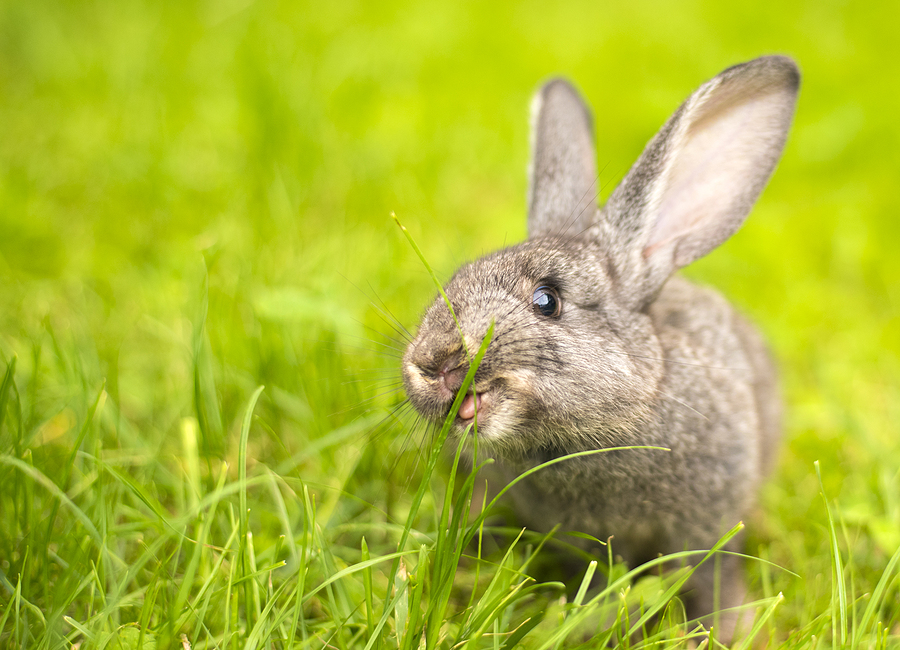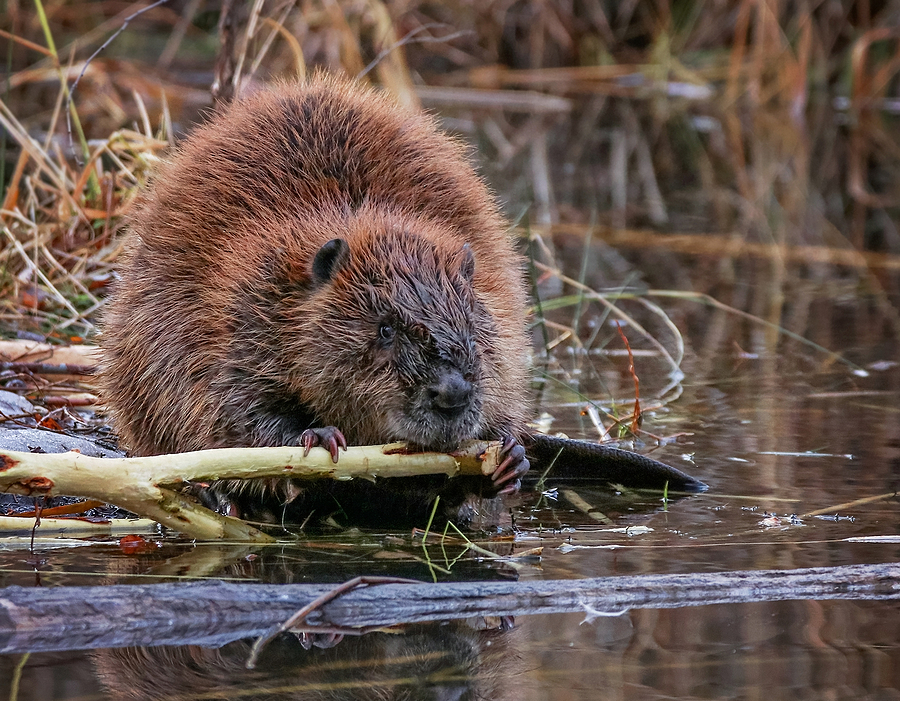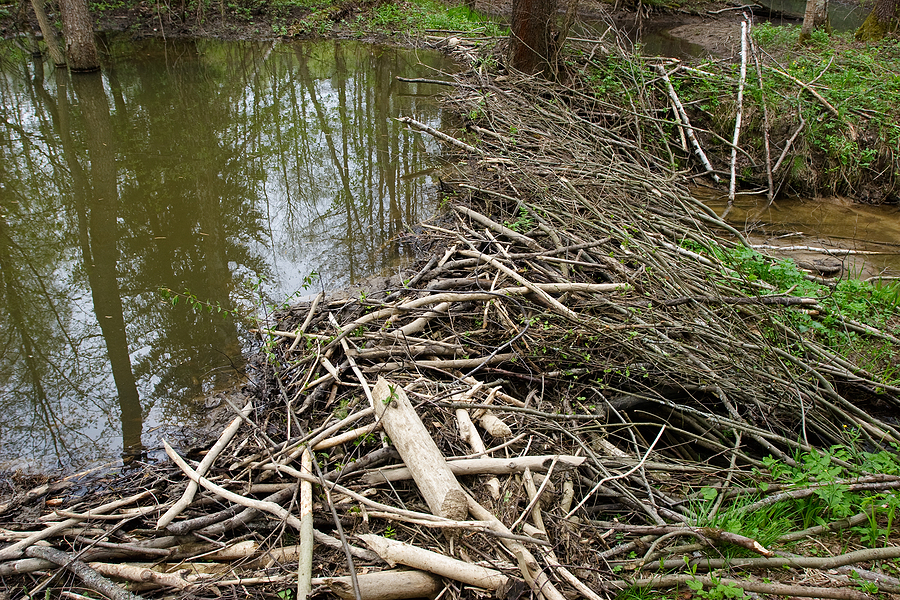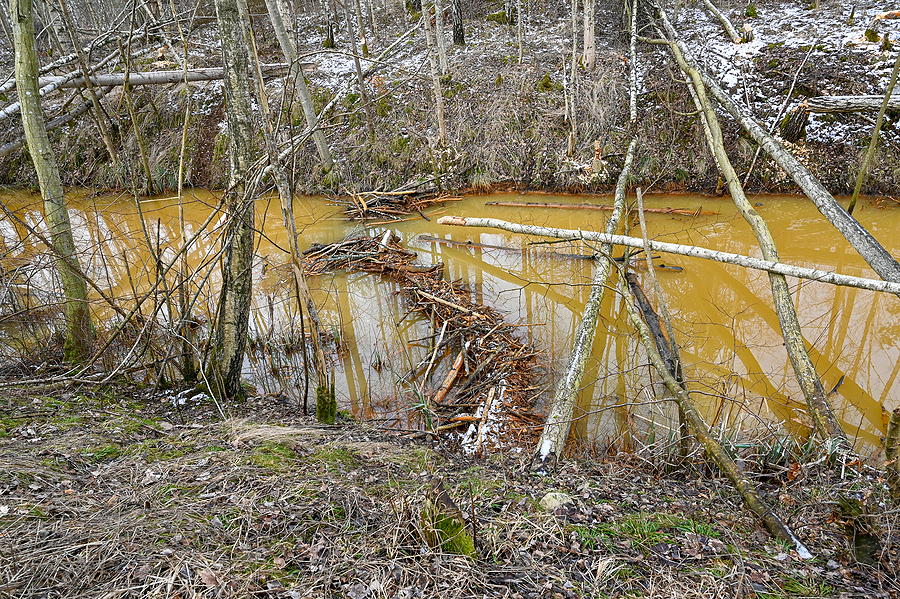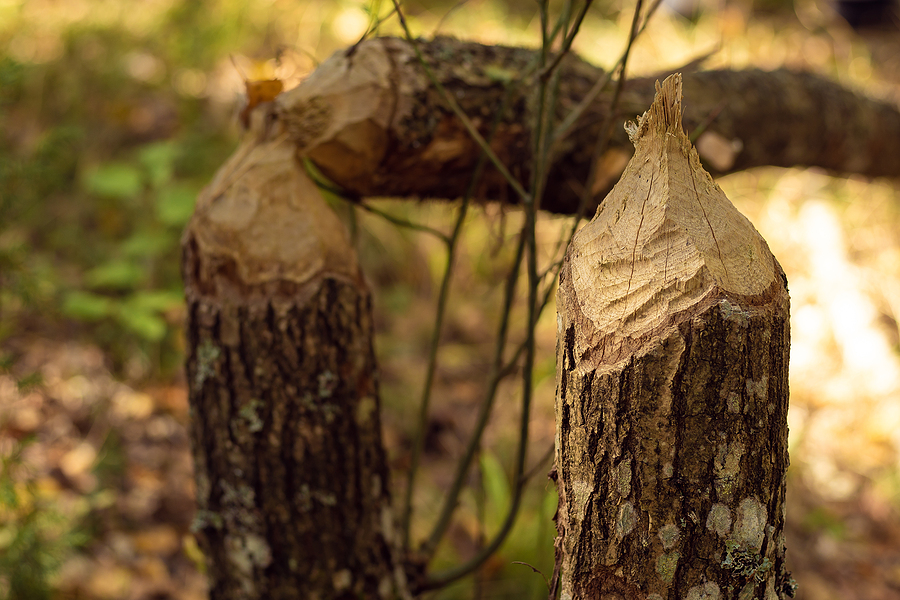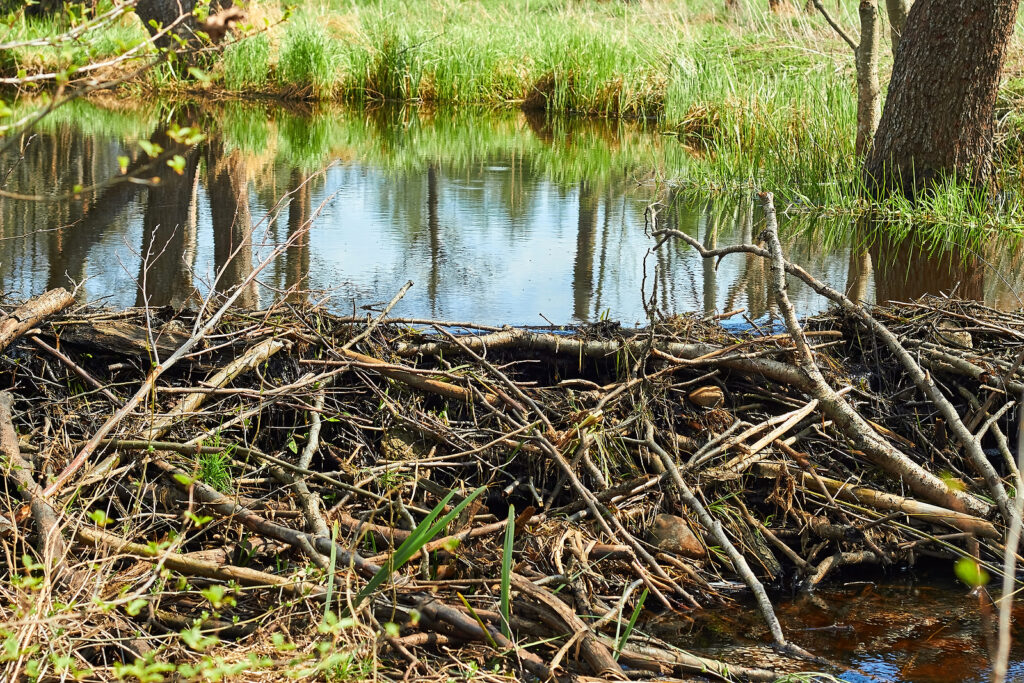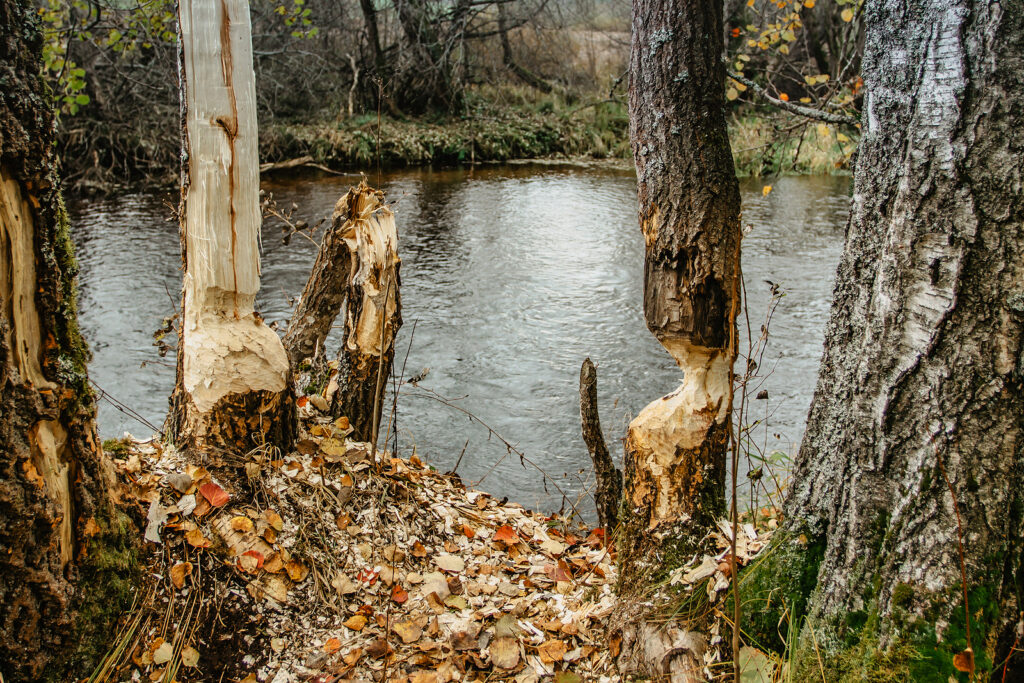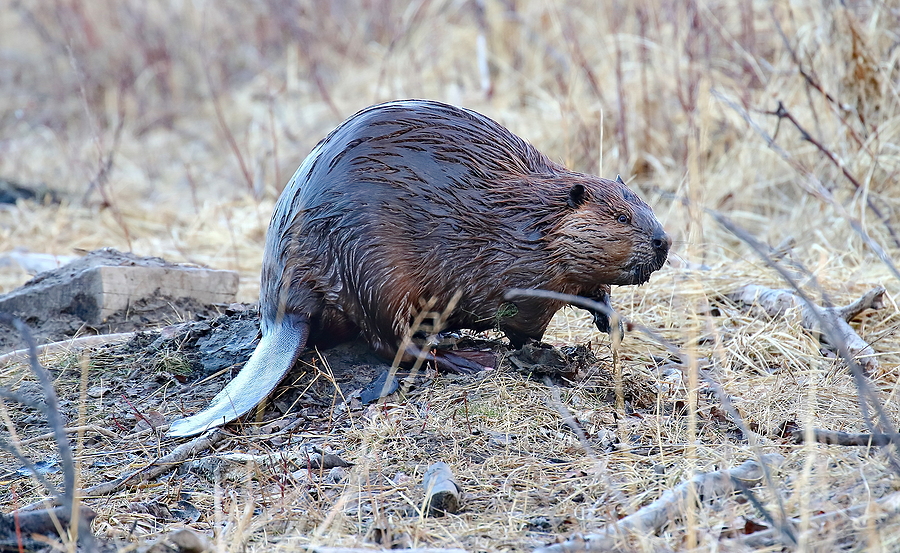When we picture the sprawling plains and leafy forests of the Midwest, charismatic megafauna like bison and black bears might come to mind. But there’s an invisible network of life, an ecosystem’s ‘glue’, if you will, that maintains the health and harmony of these diverse habitats. These are the keystone species, often small in number but monumental in their impacts. This post is a deep dive into the keystone species that anchor the ecosystems of the American Midwest and why they deserve our attention, admiration, and protection.
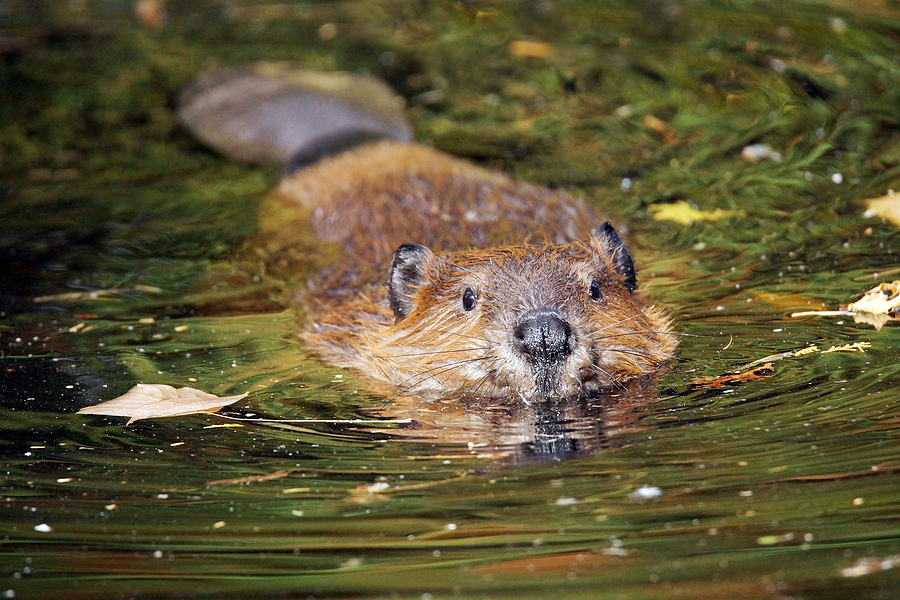
Keystone Species: The Cornerstones of Ecosystem Health
Keystone species play a disproportionately large role in their environment. Despite their low number, the impact they have on their ecosystem’s health and diversity is vast. Their significance was first described in the mid-20th century by the ecologist Robert T. Paine, and these species have since become a critical focus of conservation.
What Makes a Keystone Species?
Keystone species maintain the structure and function of an ecosystem, akin to the crucial stone at the top of an arch that prevents its collapse. When removed, the entire ecology in an area can change dramatically. Think of them as the engineers that create and maintain the environment many other species depend upon.
Keystone Predators
Top predators like wolves and cougars are classic examples of keystone species because they control the population of their prey, which in turn can shape the environment and influence the abundance and diversity of other organisms. Other examples of keystone predators include grizzly bears, sea otters, and crocodiles, but we don’t see those in the Midwest.
Keystone Engineers
Animals such as beavers and prairie dogs are known as ‘ecosystem engineers’ because their activities literally reshape the environment, creating niches for other species to thrive. In the Midwest, the loss and recovery of keystone species have significantly altered ecological systems, affecting plant and animal communities. Bats too are a keystone species because of their role as pollinators and seed dispersers in forests. Without them, the forest’s health and diversity would significantly decline.
The Midwest’s Keystone Habitats
The Midwest, often characterized by its rich agricultural landscapes, is home to a variety of habitats that require specific keystone species to maintain balance.
Prairies and Grasslands
The iconic American prairie once roamed by bison owes much to the grazing habits of these large herbivores. Their routine feeding shaped the land and encouraged the growth of diverse species of grasses and wildflowers.
Wetlands
The beaver, once nearly extinct in the Midwest, is making a cautious comeback. Their dam-building activities create and maintain wetlands, which are critical for water purification and flood control, and provide isolated habitats for numerous species.
Forests
Bison aren’t the only keystone species of the Midwest; the white-tailed deer plays a significant role. Their browsing and predation trigger adaptations in plant populations, affecting biodiversity and forest health.
Threats and Conservation Efforts
Despite their importance, keystone species face many threats, including habitat loss, over-hunting, and climate change. However, there is hope in concerted conservation efforts across the region.
Habitat Loss – The conversion of native habitats for agriculture and urban development remains the primary threat to many keystone species.
Over-Exploitation – Despite legal protections, some keystone species like wolves continue to face persecution. Their populations are sensitive to human pressures, and careful management is crucial for their continued health.
Climate Change – As temperatures and weather patterns shift, the distribution and behavior of keystone species also change, often quicker than their prey and the ecosystem can adapt.
Conservation Strategies – Conservation organizations, and even local and state governments, are tackling these issues head-on through habitat restoration, captive breeding programs, and public education campaigns.
Impact Beyond Nature
Keystone species do more than maintain ecosystems; they can also have a significant impact on local economies and communities.
Tourism – Species like wolves and bears are major draws for ecotourism, bringing in significant revenue for the states that have managed to reintroduce them successfully.
Agriculture – In pest control and pollination, many often overlooked species are vital to the success of local crops and the broader agricultural economy.
Cultural Importance – Certain keystone species hold deep cultural significance for local indigenous tribes and communities, further underlining the importance of their preservation.
Nuisance Wildlife Control
While keystone species are essential for ecological health, sometimes interactions with them can lead to nuisance behaviors and infestations, especially in urban areas. The key is to approach these situations with respect for the animal and the environment.
Understanding the Behavior – Identifying the reasons behind nuisance behaviors is the crucial first step in addressing them. Often, it’s about food, shelter, or a safe place to raise their young.
Prevention Measures – Simple actions such as securing trash cans and using fencing can prevent many conflicts between people and wildlife.
Responsible Removal – If a keystone species becomes a true nuisance, it’s important to involve professionals who can safely and humanely relocate the animal while minimizing stress.
Take Action for the Midwest’s Keystone Species
Supporting conservation efforts and making informed choices in our daily lives are powerful ways to protect keystone species.
Get Involved in Conservation – Donations, volunteering, and even pursuing careers in ecology or conservation biology can make a significant impact.
Make Sustainable Choices – Whether it’s reducing your carbon footprint, or choosing wildlife-friendly products, your choices matter.
Advocate for Wildlife – Raise awareness of the importance of keystone species in conversations, social media, and with your local representatives.
Conclusion
Keystone species are the architects of our ecosystems, shaping the environment in ways that allow life to flourish in diversity and abundance. Their impact extends far beyond the natural world, influencing agriculture, local economies, and cultural heritage in profound ways. The challenges they face, from habitat loss to climate change, are significant but not insurmountable. Through dedicated conservation efforts, sustainable living choices, and a collective commitment to understanding and protecting these vital organisms, we can ensure that the Midwest—and indeed, ecosystems around the world—continue to thrive.
The duty to protect our keystone species is not just an ecological obligation; it’s a moral one, to future generations and the planet. Together, we can heed the call to safeguard these pillars of biodiversity, for in doing so, we secure our own well-being and the health of the earth.
Are you still concerned about the nuisance critter population around your home or business? Contact Budget Animal Removal at 317-875-3099 for DNR licensed and insured wildlife removal and control in Indianapolis, Indiana and surrounding counties. Request a free estimate or advice, today!
Related Posts:
Native Indiana Squirrel Species You Might See in Your Backyard
Raccoons in Indiana: An Environmental Impact Study
Is it Safe to Feed the Animals Around My House?

